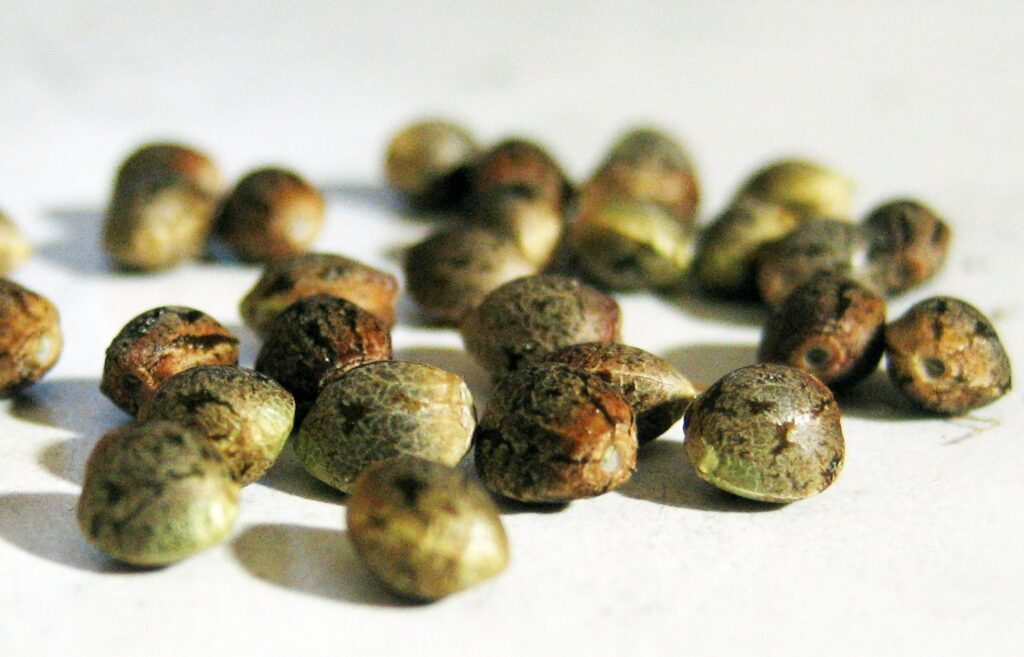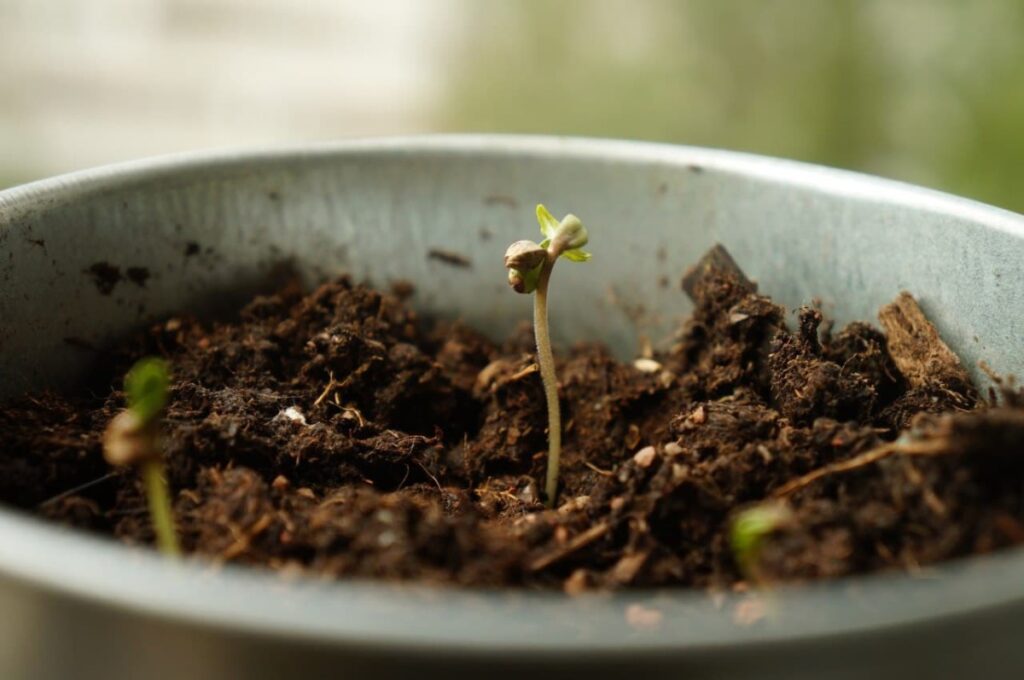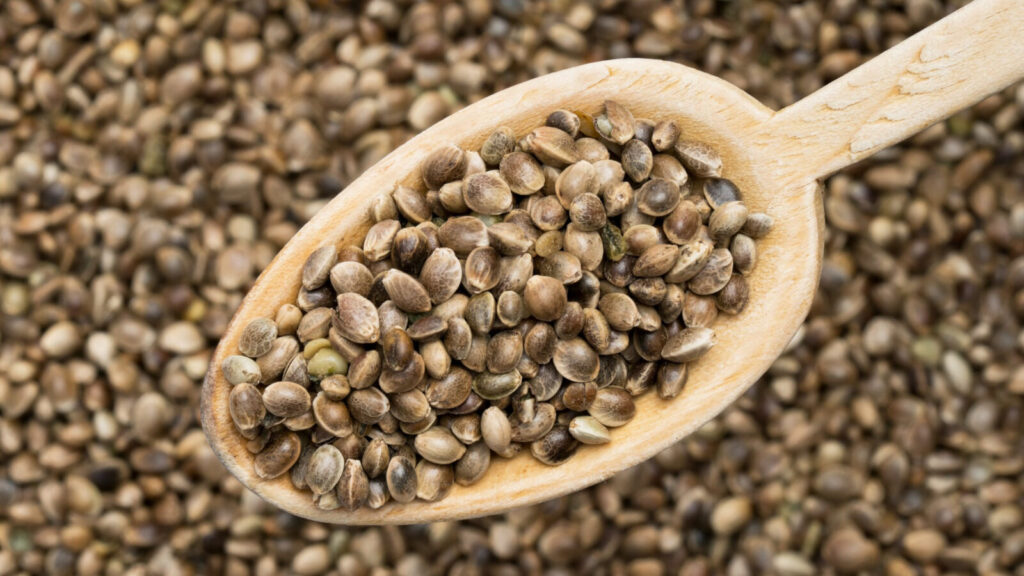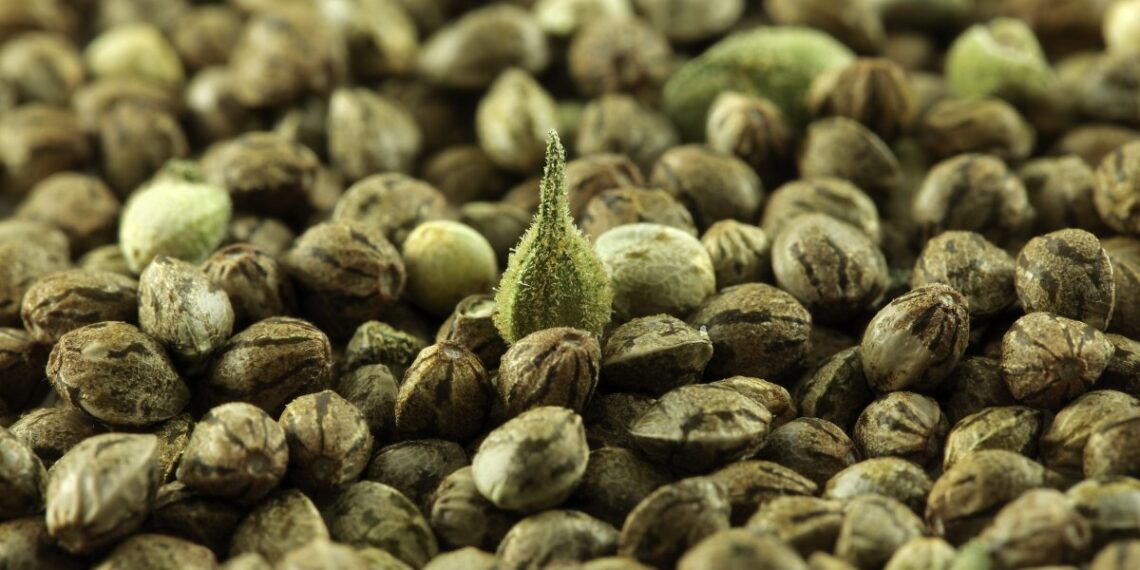Since the advent of online shopping and e-commerce, the sale of counterfeit goods has grown at an alarming rate. This applies to a ton of different items and products, and one of them is cannabis seeds. If you are a frequent buyer, user, or seller you have to know what is good, and what is not. Do you know which companies or sites are most likely to be trusted for their quality and dependability? Cannabis seed companies have taken drastic measures to stop the sale of fake genetics, but they continue to sell them online and at various cannabis events. If you want to know how you can tell this apart, keep on reading and find out!
Do all the cannabis seeds look the same?
The three types of cannabis seeds that may be found on the websites of various seed banks are regular, auto-flowering, and feminized.
The most prevalent sort of cannabis seed is the regular variety.
If any of these items are genuine, then they all match the earlier description.
The difference lies in the genetic makeup of these kinds, which becomes evident as the seeds germinate and the plants grow.
Examining the genetics of the plant or the seed is another approach to identifying whether or not they are authentic.
How to identify fake cannabis seeds from genuine seeds

1. Buy from a reputable company
Buy from a trusted source to avoid being scammed.
Once you’ve bought them, it should be easy.
If not, you can take measures to choose the correct source.
Those that produce cannabis probably know other growers.
They can assist you to grow and buy your first seedlings.
If you don’t have cannabis-growing buddies, you can utilize Google. If you only look at the first few search results, you’re probably safe. The truth is that a seed company’s history inspires trust, and everyone demands trust. If you haven’t identified a reputable seed company just yet, you should do your research. Growers with experience can aid. They’ll inform you where to acquire first-crop cannabis seeds. Use Google to read some reviews and browse through your options by looking at different trustworthy sites and resources.
2. Look at the photos
The images of seed goods offered by reputable seed providers are always the same. Any reputable seed-selling website will include photos of the strains they claim to be selling – usually when they’re fully grown and ready for harvest for maximum impact. A photo showing a fully-grown or ready-to-harvest plant is more common.
You may be able to request these images from some websites.
You can, of course, do it yourself if you’re willing to put in some effort. If you want to know where an image came from, you can use “reverse image search” to get to the actual owner & resource.
3. Split packets are no good
On certain unethical websites, customers can purchase seeds by the piece rather than in a packet or a bulk.
However, manipulation and switching would deteriorate the seeds even if it isn’t solid evidence that they are phony.
Because they don’t want to be accused of being illegal, seed banks are hesitant to engage in this type of setup.
They use packets to identify themselves and to make it simple for others to recall their names.
Some dealers would remove the packing to ensure covert transportation. In any case, they would still get your consent and let you know so you wouldn’t be startled.
4. Check with the company
Did you know that you can contact the seed bank directly, to ensure their validity? After reading over points 1-3, if you’re still unsure, you may always get in touch with the seed manufacturer.
They have a list of approved sellers, even if it is not entirely comprehensive. For a variety of reasons, it’s possible that the seller you’re considering isn’t on the list. Regardless, they can still investigate for you and establish whether the vendor is a legitimate reseller. Reputable seed banks must have a helpful customer service team that can answer consumer questions. It is rare to have a site without it.
What do good seeds look like? Top 3 facts to consider

1. Healthy brown is a recommended shade
Healthy cannabis seeds range from pale to dark brown in hue.
Some kinds are homogeneous, while others have tiger stripe or turtle shell designs. After several months, some of them will darken.
Humidity, lighting, and oxidation alter appearance. This is when green tints indicate early seed harvesting.
This vegetative look suggests the seeds didn’t mature properly, increasing their risk of not germination.
2. Size and shape
Cannabis seeds come in varied sizes. Some cultivars generate small, compact kinds with minimal space between the shell and cotyledon leaves. Despite their small size, these are viable if their color and age are healthy. Other healthy kinds look swollen. Sometimes it’s hereditary, but calcium and magnesium can also increase seed circumference. Healthy cannabis seeds are round, despite size variances.
3. Age-proof
In nature, cannabis plants develop, produce seeds, and ultimately die. Animals scatter these seeds. Lucky ones emerge in spring, while others die.
Growers should sow less-than-a-year-old types.
Fresh samples germinate quickly and store well for a limited time. Growers often succeed with cannabis seeds from two to three seasons ago. Young, healthy types are sturdy and resist pressure. Older types may feel squidgy, and old, dry seeds may shatter or fracture because they lack moisture and nutrients.
Where to get good high-quality seeds?

Want to find something that ”hits” different? Obama Runtz seeds are said to be an east coast cultivar that first appeared in mid-2020 and is thought to be a hybrid between OG Kush and Afghani. This cannabis is a distant cousin of the Obama Kush. Choose a pack of 6, 12, or 24 and see the quality yourself. This site also has cannabis, feminized and high-yield seeds, along with a bit of everything for everyone’s personal preference.




